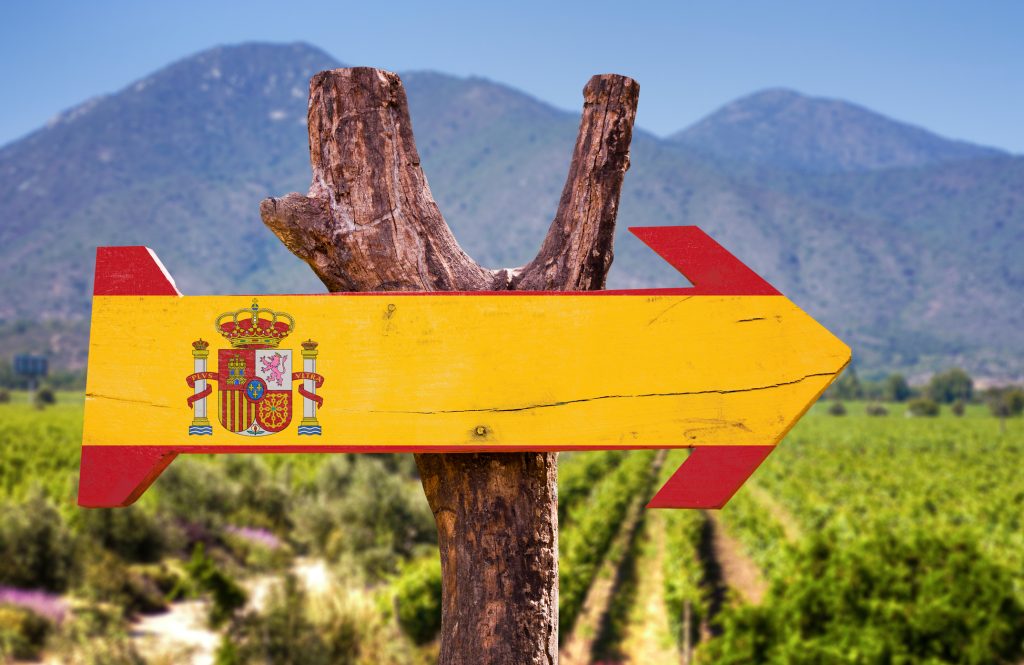Spanish producer joins boycott to push for Valdepeñas DO regulatory body
By Arabella MilehamOne of Spain’s largest wine producers, García Carrión, has joined calls for the Valdepeñas DO, located in the south of Castilla-La Mancha, to have its own independent regulation body.

Currently, the administration of the DO falls under the auspices of the Ministry of Agriculture for the broader Castilla-La Mancha region – the Valdepeñas DO is almost completely surround by the much larger La Mancha DO – however García Carrión has called the current situation “unsustainable”. It has called on the Minister of Agriculture, Livestock and Rural Development of Castilla-La Mancha, Julián Martínez Lizán to return the DO to the wine industry, allowing for the creation of a new interprofessional body.
This, the company said, would better guarantee equal conditions and transparency for farmers and producers, restore the autonomy of the sector and boost the prestige of the Valdepeñas appellation and brand both domestically and in international markets.
The previous regulatory body was allegedly dissolved in 2021, said to be after “several years” of internal problems and complaints about irregularities in its operation.
According to website vinosdecastillalamancha, it had been hoped at the start of the year that the new DO Valdepeñas could be operational before the harvest, however this has still not happened, although the site reported last month that the head of Agriculture was confident the conflict would be resolved next year.
García Carrión is joining a regional boycott today (7 October), downing tools at its Valdepeñas facility for the day to highlight its demands, in solidarity with other winegrowers in the region.
Partner Content
Around 4,000 vignerons tending 30,000 hectares (ha) of vines across Valdepeñas, with around 70% of the grapes produced sold to larger producers and bodegas.
García Carrión, which claims to be the largest wine producer in Europe and fourth-largest in the world has a facility in Valdepeñas, Los Llanos, which can produce up to 100m bottles per year. Its other sites include Daimiel in La Mancha, which has the potential to produce 225m litres of wine per year, Marqués de Carrión, in Rioja Alavesa, with a 50 million-bottle annual capacity, a site in Penedès, a joint venture in Rueda the company’s original base in Jumilla.
The region, which dates its winemaking history to at least the 4th century BC and was one of Spain’s top wine-producing areas in the Middle Ages, was known for its distinctive, traditional style of light red wine, known as aloque or clarete which was blended from white variety Airén and red Cencibel, which is better known as Tempranillo.
Tempranillo/Cencibel accounts for around 86% of red wine grapes planted in the regions, along with cabernet Sauvignon, Garnacha, Syrah, Merlot and Petit Verdot. White varieties include Verdejo, Macabeo, Chardonnay, Sauvignon Blanc, Airén, and Muscatel de Grano Menudo.
Related news
Details revealed for Wines from Spain Annual Tasting
Three ways Spain is celebrating its winemaking heritage in 2025
Suntory to shift Irish whiskey bottling to Spain and Scotland




